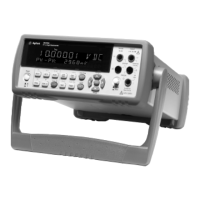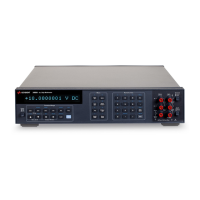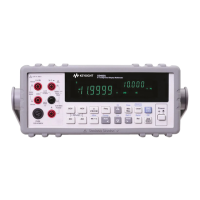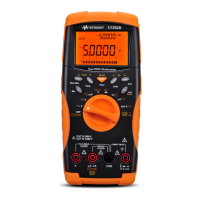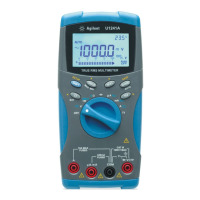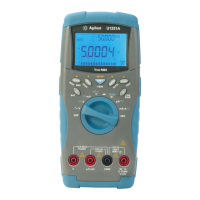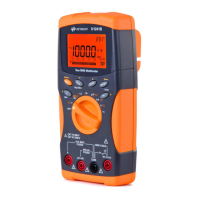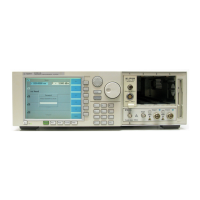RS-232 Interface Configuration
See also “Remote Interface Configuration,” on page 91 in chapter 3.
You connect the multimeter to the
RS-232 interface using the 9-pin (DB-9)
serial connector on the rear panel. The multimeter is configured as a
DTE (Data Terminal Equipment) device. For all communications over
the
RS-232 interface, the multimeter uses two handshake lines:
DTR (Data Terminal Ready) on pin 4 and DSR (Data Set Ready) on pin 6.
The following sections contain information to help you use the
multimeter over the
RS-232 interface. The programming commands
for
RS-232 are listed on page 153.
RS-232 Configuration Overview
Configure the RS-232 interface using the parameters shown below.
Use the front-panel
I/O MENU to select the baud rate, parity, and
number of data bits (see also pages 163 and 164 for more information).
• Baud Rate: 300, 600, 1200, 2400, 4800, or 9600 baud (factory setting)
• Parity and Data Bits: None / 8 data bits
Even / 7 data bits, (factory setting) or
Odd / 7 data bits
• Number of Start Bits: 1 bit (fixed)
• Number of Stop Bits: 2 bits (fixed)
Caution
Do not use the RS-232 interface if you have configured the multimeter to
output pass/fail signals on pins 1 and 9. Internal components on the
RS-232 interface circuitry may be damaged.
Chapter 4 Remote Interface Reference
RS-232 Interface Configuration
148
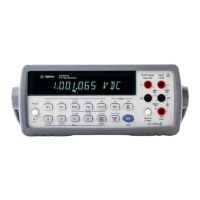
